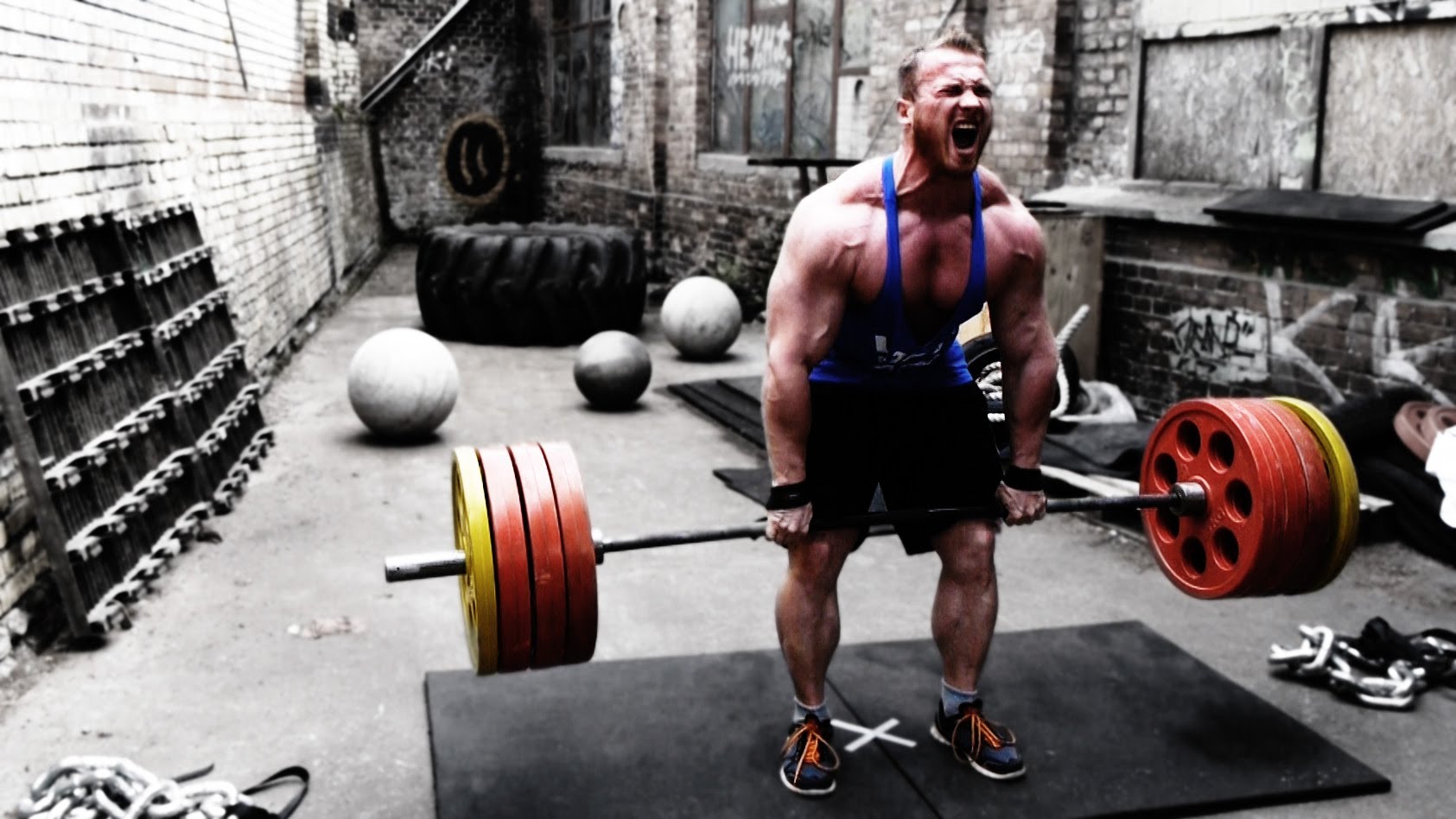
Many people consider 8-12 repetitions the best choice for inducing muscle growth. Arguably such a stance is correct; as such a moderate repetition range has been shown to favour the induction of beneficial hormonal release and muscle damage to a greater degree compared to lower and higher repetition ranges. The problem many trainees face after training for a long period of time is the tendency to get into a rut or “plateau”, as the body becomes accustom to the long applied repetition range. In such a case it may be worthwhile introducing a new repetition scheme into your training, such as 5×5, to break through the plateau.
The 5×5 approach simply means performing 5 repetitions for 5 sets on a given exercise. This scheme is more geared towards athletes wishing to enhance power and strength, but it can be employed by a bodybuilder or aesthetic focused trainer periodically to benefit from switching up training methods. Typically it would be best suited to compound exercises such as the bench press, squat, deadlift, rows, and over head press. Trying to perform 5 repetitions with a heavy load may be injurious when performing isolation exercises such lateral raises, chest fly’s and arm curls.
Implementing the 5×5 scheme partially may work, or you may feel it beneficial to switch to a more strength based training program for a period of time. For example, the trainee could continue with their traditional training routine, but use the 5×5 approach for the compound exercises whilst keeping the moderate repetition range for the more isolated movements. Or, on the other hand, the trainee could scrap all the isolation movements and focus purely on the main compound exercises using the 5×5 scheme. Such an approach would un-doubtfully shock the muscles and place new and challenging demand on them. It may also help with future aesthetic based workouts by having a sound foundation of body strength.
Such a new training method should be introduced for several weeks, and then moderate training can be reintroduced. It is worth remembering the importance of constantly finding new and challenging ways of stimulating the muscles, regardless of repetition and set schemes.